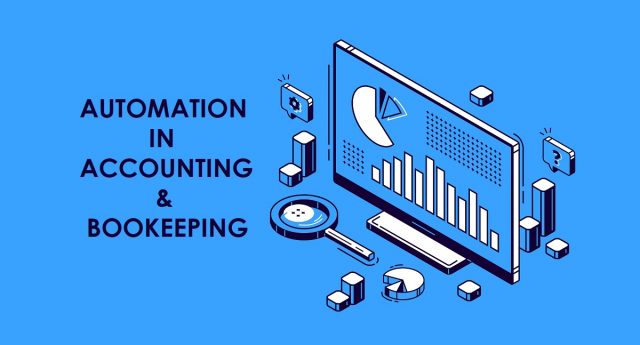
For decades, the accounting industry has been obstructed by tedious, time-intensive workflows. Whether it’s accounts payable, billing, data entry, Bookkeeping or template creation, payroll, accounting firm have usually spent most of their time working on non-creative executive activities. Most of the firms are still using the old-fashioned, by using ledger, receipts, handwritten copies, and all.
But, Thanks to the beginning of automated advanced technology, however, they can now focus their skills on client-managing and income-making ventures. Here, we find five of the proposed benefits in-strength.
- Greater accountability and transparency
Accountants & Financial Professionals are often tasked with managing a variety of tasks across a range of various clients. This raises the difficulty of their day-to-day operations while also adding to more errors with their routine tasks.
With an automated workflow explanation, tasks can be appointed and supervised in real-time, providing better transparency for members and their supervisors. It also expands accountability, with job growth able to monitor at a glance, and the capability for team managers to identify high-quality performers.
It will also disclose any blocks the team may be facing, and with full mistake over past, present, and upcoming projects, executives can use the real-time data at their removal to modernize tasks, assign different staff to exact projects and free up team followers to focus on more time-delicate jobs.
- Better relationships with clients
With clients asking more from their accounting professionals – and practices requiring expanding their offering in order to endure in an more and more competitive business – business owners must understand every prospect to improve their client communications.
Workflow automation gives precisely that by acting as a only source of expertise where all information on a specific client lives forever. You will have a detailed summary of all past contacts with clients as well as their answers. This means you can use custom marketing strategies to maintain your current customers and get out to warm leads – all while decreasing the risk of overwhelming them with too many emails.
- Coordinated effort is quicker, simpler, and more beneficial
Current practices should establish a community-oriented climate where information and experiences can be shared openly to serve the whole association. An exhaustive work process robotization arrangement implies each colleague is working inside a similar biological system and presented to a similar data.
So long as sufficient training is provided, Tax accountants can use the system to share documents, spreadsheets, and other project items to complete their tasks quicker. This means a better end line for the practice and – maybe just as crucial – a more united, happier, and valuable team.
- Faster – and more precise – data retrieval
Any procedure looking to prosper in the modern accounting area must tossed off the chains of paper-based structures and messy physical storage spaces. Such outdated methods can delay jobs, create doubt among accountants and even run to the loss of confidential Information.
Instead, an automated workflow acts as the system’s single source of Information. Team associates can recover specific files within seconds and share documents with co-employees and clients as needed. Data storage is also a wind, with simple tasks for naming, categorizing, storage, and file away information. These runs up the time it takes to finish a job while eliminating bottlenecks and making your sensitive data much more secure – especially when backed up to the cloud!
Computerized work process programming radically lessens the danger of human blunder. Data just should be entered once and would then be able to be manipulated into a layout whenever. Any mistakes that do escape everyone’s notice just should be changed with a solitary keystroke – instead of requiring all the data be reemerged into the framework.
That implies your advanced bookkeeping data set is more precise and simpler to recover than any actual stores of data.
Computerized work process innovation is the future for all great bookkeeping rehearses – yet not all arrangements are made equivalent.









































